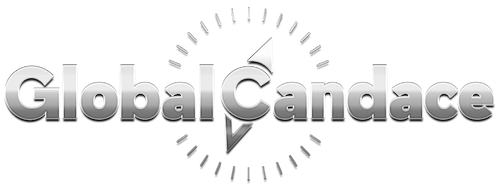Facing a new technological project always entails a challenge. And, without doubt, making all participants agree and carry out the work successfully is one of them. Today we tell you how to identify the stakeholders of the project and achieve the expected results.
Who are stakeholders and why are they important?
The stakeholders are all the people who can influence or are affected by the project (whether they want to or not). They are involved, in some way, in the decision-making process. It is important to keep in mind that not everyone who will be affected by your project will have an opinion on its development.
The first thing is to identify the stakeholders and then determine the interest they have in the project and the power or influence over it. With this information, you should put together an analysis map and place everyone in some quadrant:

According to the categories of the previous image:
- Keep apathetics informed on a regular basis. They are not very interested in the project nor do they have much power.
- Make sure defenders are aware of the progress more frequently and with details. They are very involved, but they do not have transcendental power.
- Try to keep latents satisfied and informed. Although they have quite a bit of power, they are not very involved in the project.
- Get the promoters involved, try to manage them closely. They are the ones who can stop the project at any time. They are definitely the most important stakeholders, because they finance and/or promote the project.
Knowing this will allow you to put together an effective communication plan that determines the frequency, the channel and the type of information you should share with each one.
Likewise, it is worth mentioning that stakeholders can also be classified into:
- Internal: project managers, project team, product managers, etc.
- External: customers, suppliers, subcontractors, the government, users, investors.
Advantages of managing stakeholders correctly
- Obtaining more support and different types of resources, namely: financial, human, informational and equipment.
- Increasing visibility of projects, especially for participants who are executives.
- To prevent costly roadblocks later in the project cycle.
- Communicating through the right channels and at the right time.
- Sharing relevant information with the participants according to the level of influence or participation of each one.
4 simple steps to put a plan together
1. Identify and classify stakeholders, answering these questions:
2. Determine the influence and interest of each (high or low). According to these ranks, you can place each one in a quadrant of the image that we discussed earlier.
3. Understand their needs to know how to manage relationships. Think about what interests him, to know what information you are going to share.
4. Keep them informed. Putting the plan togethe, diagramming it and executing it are the last key steps. Define who will be responsible for reporting and how often.
In short, we hope that these actions will help you to get to know the stakeholders of the project in detail and achieve the results that you propose. Always remember that the fundamental strategy is to keep them duly informed.










